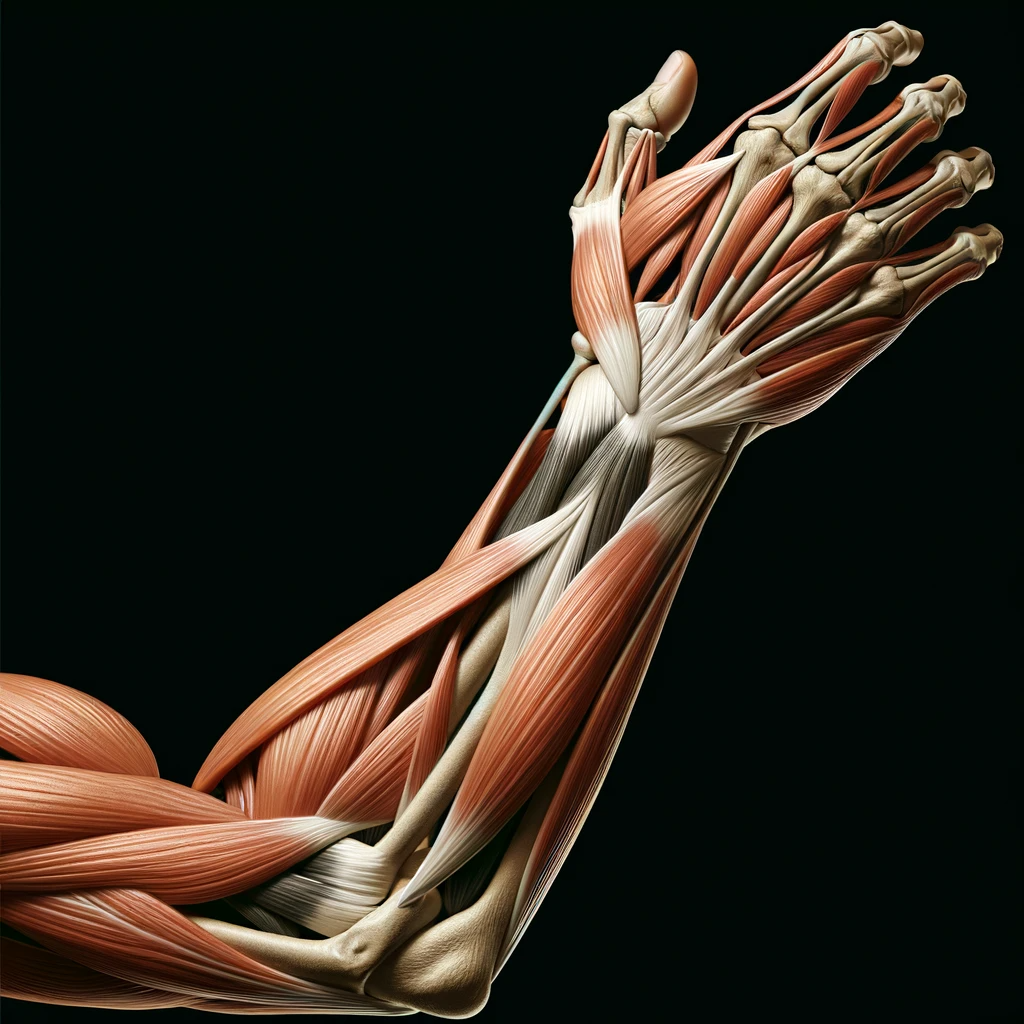Neutral Grip and the Brachioradialis
The brachioradialis is a muscle located in the forearm that plays a significant role in elbow flexion. Not to be confused with the brachialis. Although these muscles have similar names and functions they are separate muscles. While the brachioradialis is not the only muscle responsible for forearm development, it plays a significant role. Exercises targeting this muscle can enhance forearm size, vascularity, grip strength, wrist strength, and overall power in the arms.
Function
The primary function of the brachioradialis is to flex the elbow joint. It is particularly active during mid-pronated to supinated positions of the forearm, contributing to various pulling and lifting movements. So basically, the brachioradialis is most useful when transitioning between pronated and supinated grips. If you’ve ever heard of a hammer curl this is the muscle that exercise is attempting to isolate along with the brachialis. The brachioradialis is a biarticular muscle, meaning it crosses two joints (elbow and wrist). While its primary movement is at the elbow, it additionally plays a big role in wrist stabilization.

The brachioradialis can be activated using a supinated grip and a pronated grip. However, the most effective grip and where this muscle shines is the neutral grip. Since the brachioradialis is most effective when transitioning between grips, using a neutral grip acts as a direct target for this muscle. This makes the brachiordialis effective in pulling exercises but there are some things you should keep in mind. Like the brachialis, the brachioradialis can be susceptible to overuse injuries, especially with improper form or excessive stress during certain exercises. When achieving muscular failure with the brachioradialis, it leaves the wrist extremely vulnerable to injury.
Involvement in Grip
Training the brachioradialis will improve its strength and endurance, which will translate into activities related to grip strength. Climbers and golfers benefit greatly from training their muscles. The brachioradialis is strategically positioned to optimize biomechanical efficiency during neutral grip movements of the forearm. This contributes to the effectiveness of the muscle in various gripping and lifting scenarios. Also, I notice a lot of lifters’ wrist pain can be alleviated once they start properly targeting this muscle along with the pronation muscles of the forearm. Overall, a very necessary muscle to improve grip, wrist health, and forearm strength.
For more relevant info on the Grip and Arms, check out more articles like this!

